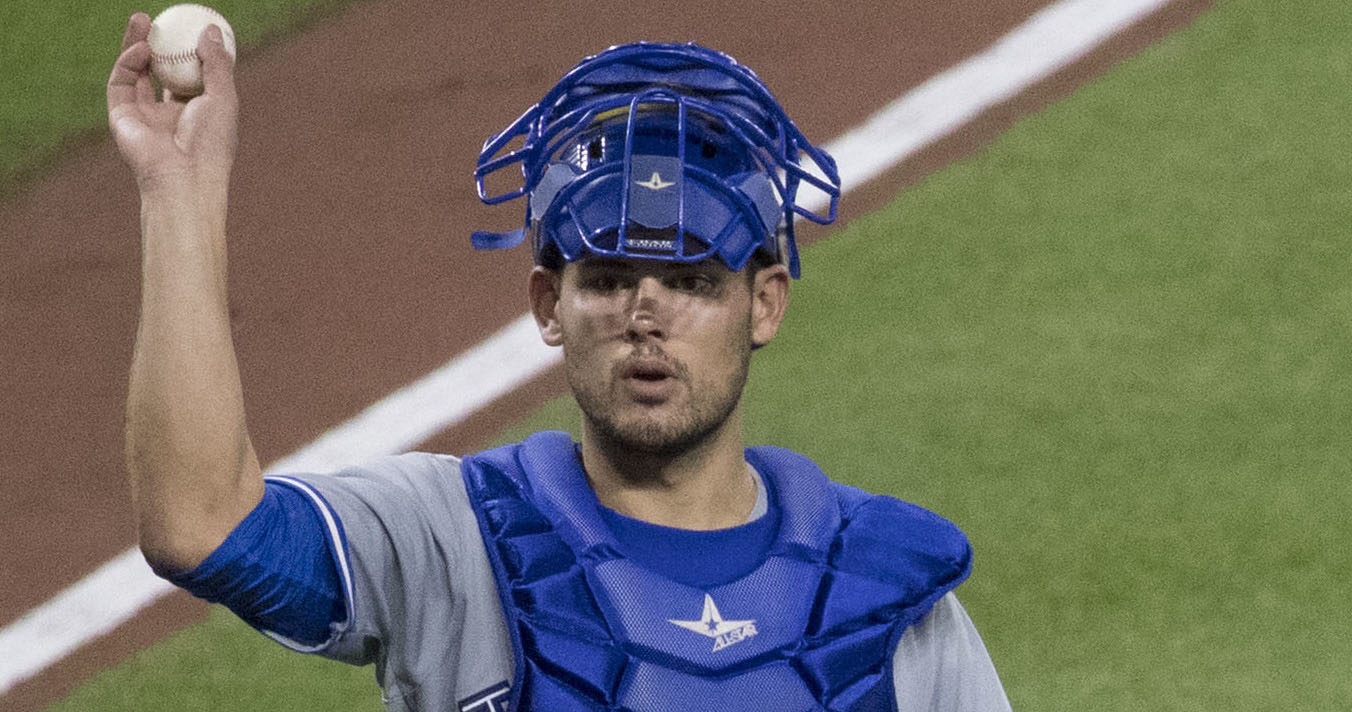
In what’s expected to be a quiet offseason, the Reds crossed one item off their shopping list by signing catcher Luke Maile to a one-year contract. MLB.com’s Mark Sheldon reports that the deal is worth $1.175 million and up to $25,000 in potential performance bonuses.
Although the Reds reportedly showed interest in a reunion with Tucker Barnhart, Maile will serve as the backup catcher to Tyler Stephenson. After trading Barnhart last offseason, the Reds didn’t bother signing a legitimate, big-league backup catcher, instead settling on minor-league spring invites to provide depth. It proved costly as Stephenson played in only 50 games due to various injuries. Manager David Bell was forced to cycle through seven different catchers during the 2022 season, one shy of the club record set in 1909. The combination of Aramis Garcia, Mark Kolozsvary, Chris Okey, Michael Papierski, Chuckie Robinson, and Austin Romine hit a combined .170/.210/.258 with a 23 wRC+ and -2.2 fWAR. You don’t need me to tell you that’s beyond woeful. Not one of those six catchers remain in the organization.
Maile won’t confuse anyone for Javier Valentin or Ryan Hanigan, but the hope is he’ll bring more to the table than 2022’s ragtag group of backup catchers. A seven-year MLB veteran, Maile is a career .207/.268/.314 hitter across 897 plate appearances. That 59 wRC+ is over 40% worse than league average but is still far better than the dismal production from the Reds’ backup catchers in 2022.
The Reds, of course, love their local products, and Maile falls into that category. He attended Covington Catholic High School and played collegiately at the University of Kentucky. Like most backup catchers, he’s bounced across the league and played for four different teams. After being originally drafted by the Rays in 2012 and debuting with the team in 2014, Maile has also spent time with the Blue Jays, Brewers, and — most recently — Guardians, who non-tendered him on November 18.
Maile, who will turn 32 in February, is coming off a decent season in Cleveland, where he split catching duties with Austin Hedges. Playing a career-high 76 games, he hit .221/.301/.326 in 206 plate appearances. That was good for an 81 wRC+, which isn’t overly impressive but is only slightly below average production for his position; the league-average catcher had an 89 wRC+ last season. Although Maile hits for little contact or power, he has shown the ability to take a walk in recent years. He has a 9.2% walk rate since the 2018 season, a span of 600 plate appearances.
Defensively, Maile ranks as a slightly below average pitch framer. Both Statcast and FanGraphs rank Maile as roughly on par with Stephenson per their framing metrics. Baseball Prospectus has a sunnier outlook on Maile’s framing, ranking him as slightly above average.
When it comes to controlling the running game, Maile grades out better. His average pop time to second base was 1.96 seconds in 2022, which ranked in the 62nd percentile. He has a 32% caught-stealing rate in his career, also a bit better than league average. Although the pitchers deserve some blame, Reds catchers were abysmal at throwing out base-stealers in 2022. Their 20.2% caught-stealing rate was fourth-worst in baseball; when taking Stephenson out of the mix, the team’s caught-stealing rate dropped to 18.1%.
Baseball Prospectus grades Maile as average when it comes to blocking pitches in the dirt.
With any luck, Stephenson will have a healthy 2023 season and the Reds won’t have to give significant playing time to Maile. But if the club is forced to play their backup catcher extensively once again, they should at least have a better option at their disposal than they did in 2022.
Featured image by Keith Allison


